Growing up, I remember dozens of Thanksgiving lessons in school. By the time I was in early elementary school, I had the story down cold – Pilgrims arrived in search of freedom, Indians helped the Pilgrims plant, Pilgrims invited the Indians to dinner, they all had fun and lived happily ever after.
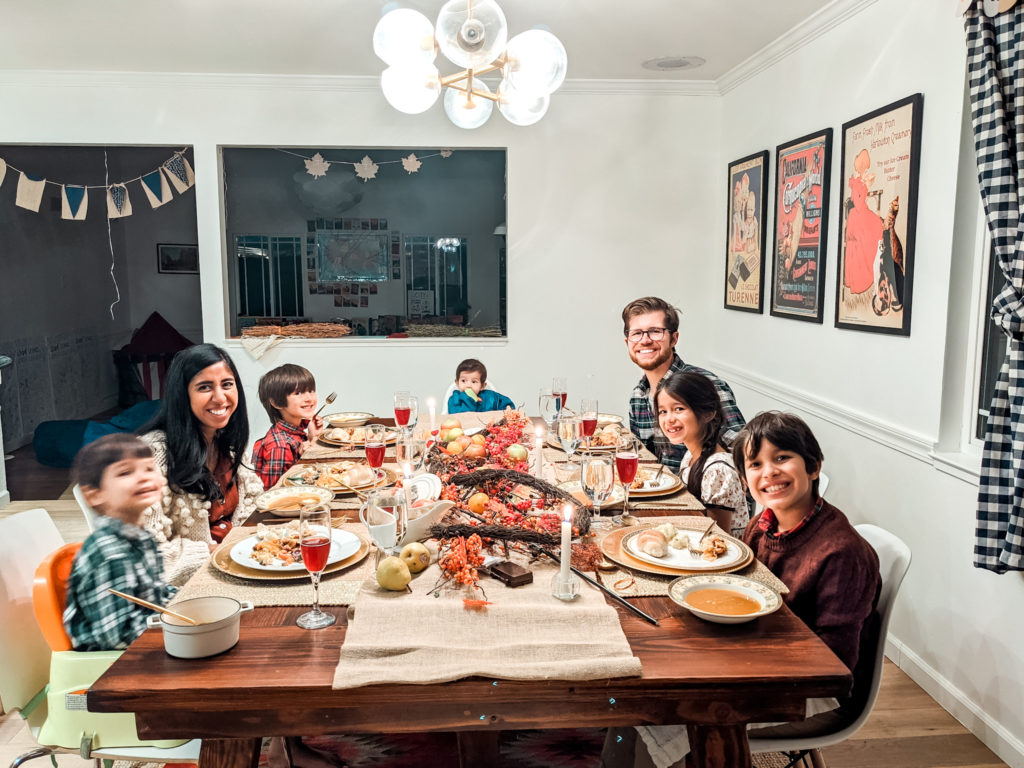
It wasn’t until I was an adult that I realized just how problematic this narrative is.
While I knew that some indigenous peoples had been treated unfairly, I really had no idea until much later in life just how much most had suffered. I had no idea that they didn’t just all happily share land together, and were instead forced to give up their ancestral lands and leave. I had no idea that so many were physically injured and even killed.
And perhaps most of all, I had no idea that so many from current indigenous communities were still mourning those losses today. I had no idea that Thanksgiving to many still represents devastation and heartache.
Know better, do better.
Should We Still Celebrate Thanksgiving?
As I started learning more, one of my biggest questions was whether our family should still even continue to celebrate Thanksgiving. As I researched, I found many from indigenous communities who use it as a day of mourning. Others use it as an opportunity to reclaim joy, honor ancestors, and celebrate with thanksgiving. Others ignore it altogether.
I learned that indigenous communities are not a monolith.
However, as a second-generation American, I had my own generational exclusion. We never had Thanksgiving feasts when I was a young child. Instead, it was something I had my family start doing after I became a teenager in order to feel more “American.” I always felt like I didn’t quite fit into any ethnic or cultural group, and participating in some of those traditions helped me feel more at home and connected. It felt complicated to both honor those native to the lands from which we benefit while also honoring immigrant inclusion and belonging.
How We Celebrate Thanksgiving Now
I honestly wasn’t sure of the best way to honor their sacrifices and not perpetuate harm, while also acknowledging the many who have come and contributed to these lands either forcefully or of their own volition.
After a lot of reflection, and reading articles and perspectives from members of a number of tribal organizations, we finally decided our family would celebrate in these three main areas:
- Learning indigenous history, especially related to colonization and removal from ancestral lands
- Setting aside a time of gratitude to honor those who’ve stewarded our lands for generations, those who have come to our lands by force; and those who have come to our lands by choice to support their families and communities
- Spending time with family
This has changed a number of things practically about how we celebrate throughout the month of November. It means we’ve moved away from a lot of our books that detail an idyllic Pilgrim & Indian story. Instead, we’ve incorporated books by indigenous authors, ones that focus on gratitude, those that share immigrant stories, and those that teach accurate history.
It also means we begin our Thanksgiving meal by reading a Native American message of gratitude. And it means we try to advocate in other spaces where false narratives may be taught or perpetuated. Finally, it means we always contribute financially to indigenous communities who have been harmed.
It’s certainly not a perfect system, but is one that has allowed us peace in our celebrations and in our support of Native communities.
Contacting Our Kids’ Teachers About Thanksgiving
One of the main places I was taught false Thanksgiving narratives as a child was in school. The de facto lessons are harmful in how they frame the holiday and also with the inaccurate information they often present. They also often incorporate aspects of cultural appropriation.
Because of this, it’s important to me to proactively reach out to my kids’ teachers to find out about lesson plans and activities surrounding the Thanksgiving holiday. So many teachers themselves haven’t been given accurate training and information, or don’t realize the harm in what they’ve always taught.
I’ve found that the vast majority of teachers really do want to educate accurately and to provide an inclusive and safe learning environment for all students. Because of this, I find that contacting them early to ask about their plans and providing information and accurate activity options is often helpful in starting a discussion and in changing the narrative that is brought into the classroom.
This resource on the Real History of Thanksgiving for Kids has been a helpful starting point for us.
Sample Teacher Letter About Thanksgiving
To hopefully make it easy for you to reach out to your own child’s teacher, I put together a sample letter. I hope this makes it easy to begin a discussion about Thanksgiving lessons and activities in the classroom. You can pop in your email below if you’d like to receive it and it’ll come straight to your inbox!
Have you ever discussed problematic lesson content with your child’s educator before? I’d love to hear your experience!
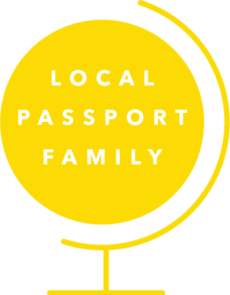

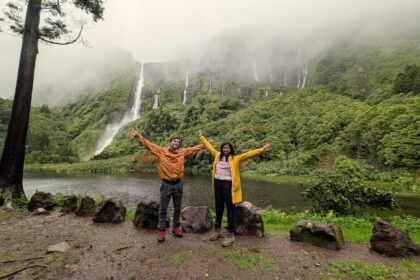
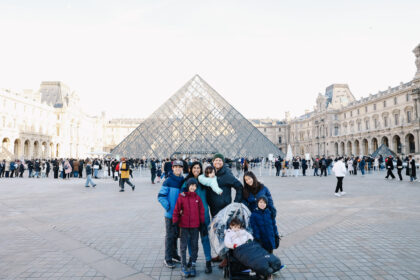
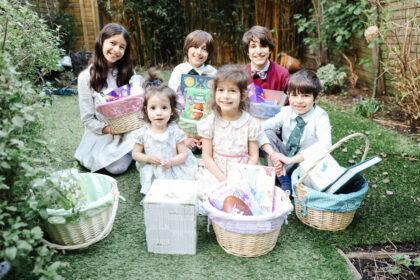
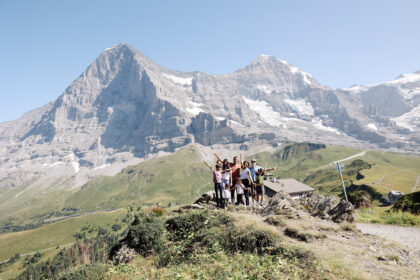
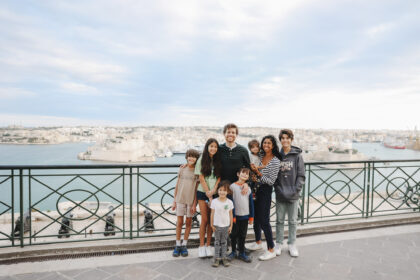
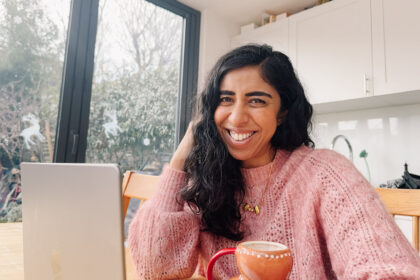
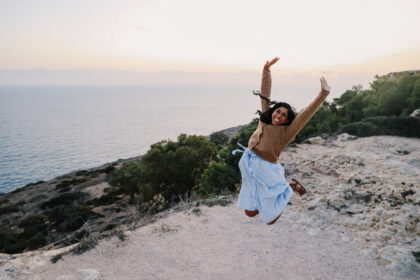
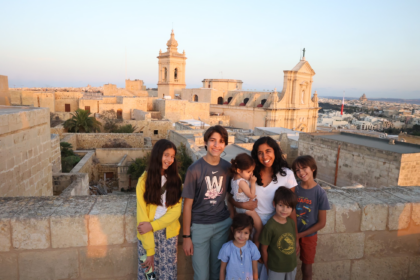

[…] I love this post by Preethi about writing a letter to her kids’ teachers. […]